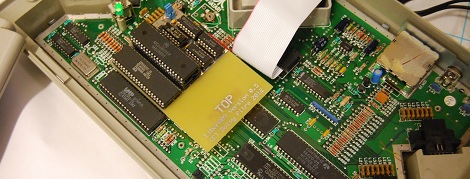
Spring is in the air, and with that comes savory meals cooked over the course of dozens of hours. While preparing for your yearly allotment of pork and beef, check out [Brett Beauregard]’s custom heater elements he built for a DIY wood smoker.
This build follows the very successful smoker [Brett] built last year. This year, he’s using the same toaster oven heating elements, only cut down to make the heater smaller and more efficient. Basically, [Brett] is making a small cartridge heater out of the equipment he already has.
After cutting the toaster oven heating elements to length, [Brett] reamed out the ends to expose the nichrome wire. A short hit with a TIG welder bonded the lead to the heating element. Insulated with furnace cement, [Brett] had a custom heater perfect for charring chunks of mesquite or hickory.
Meat smokers aren’t very complicated – they can be built with a flowerpot and a hotplate, and will still cook up a delicious dinner. We might have to borrow [Brett]’s technique when we build this year’s smoker.

















